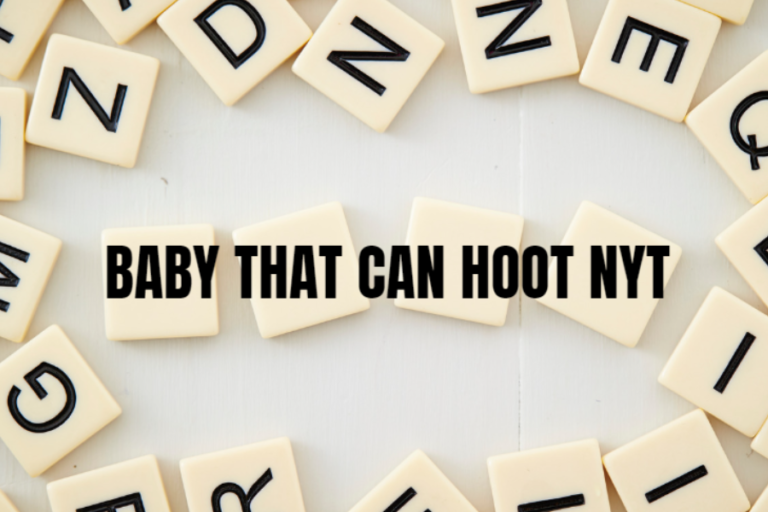When the Subject Matters Most: Refocusing the Image Frame
There’s a quiet kind of power in a well-composed photo. Not the kind loaded with effects or overly edited hues — but the kind where the subject is clear, isolated, and given the space to breathe. It’s an art that comes down to intention and precision. And a major part of that precision lies in knowing what needs to go.
Photographers call it framing. Designers call it whitespace. But at the heart of it is the ability to decide what stays and what distracts — and then remove the noise.
Let’s say you have a great picture. Lighting is perfect, your subject is beautiful, and the mood is perfect. But the background? There’s random furniture, a messy shelf, or just jarring colors that don’t match your mood. You don’t need to reshoot. You simply need to remove background from picture so the picture is improved for you.
This isn’t about faking reality. It’s about focusing it.
Whether you’re selling a product, building a portfolio, or simply curating your social feed, eliminating the irrelevant can amplify the message. And when your audience only gives you a few seconds of attention, that kind of clarity matters more than ever.
This especially hits home for creators, solopreneurs, and marketers who are juggling multiple roles. Time and budget constraints make it unrealistic to chase the perfect backdrop for every photo. But when you can separate your subject from the chaos with minimal effort, you reclaim control over how your visuals appear — everywhere.
And yes, it used to be that achieving a clean cutout required advanced software and some serious patience. But now? Smart tools can do the heavy lifting. Upload an image, and in seconds, you’ve got your subject isolated and ready to be placed into a flyer, a profile, or even a digital ad.
This opens up creative freedom, too. That same cutout can now live on a vibrant gradient, a brand-color background, or a subtle texture that matches your project’s tone. One photo — endless uses.
The real value lies in adaptability. Imagine you’ve taken a product photo on your kitchen counter, but your website needs a clean white background for uniformity. Or your portrait looks great, but the venue in the background makes it look too casual for LinkedIn. Removing that background lets you recontextualize the image without retaking a single shot.
For small businesses and creators trying to project a polished image, this can be the difference between looking thrown together and looking established. Consistency across visuals, especially on websites or ecommerce listings, builds trust with the viewer. And trust is currency in any competitive space.
Even better, this process isn’t limited to product photos or headshots. Event photography, social content, digital storytelling — all benefit when the eye is guided intentionally. When you strip away distractions, your message lands faster, stronger, and more memorably.
A cluttered background may say “authentic,” but a focused image says “professional.” And you don’t need to choose between the two — not when you can have both with a simple adjustment.
Design tools powered by AI make this not only possible but seamless. You don’t have to be a photo editor. You don’t even have to spend more than a few minutes. What once required expertise is now accessible to anyone who knows what they want their visuals to say.
In the end, photography — like design — is a form of communication. If you’ve taken the time to capture or select the right photo, it deserves to be presented with the clarity it was meant to have. All it takes is knowing how to frame it, and more importantly, what to cut away.
Keep an eye for more latest news & updates on England Tribune!






